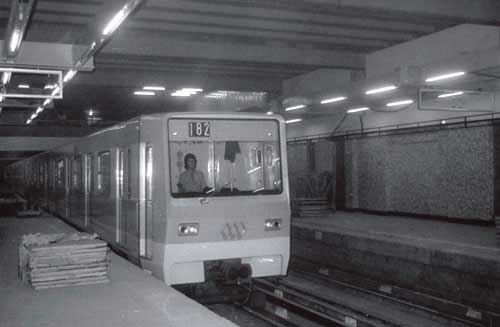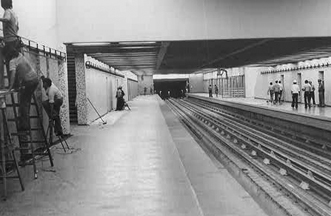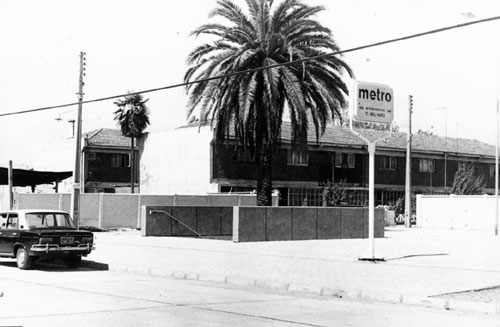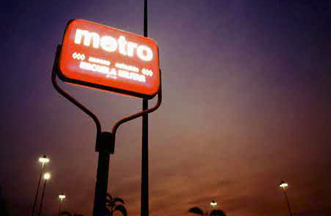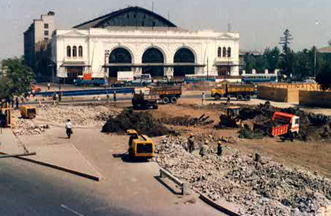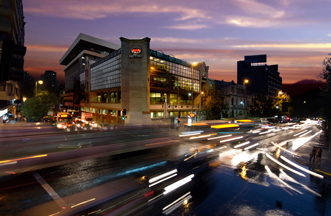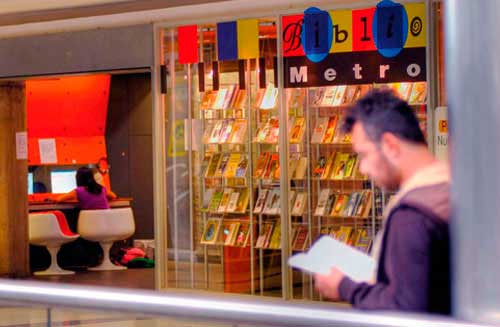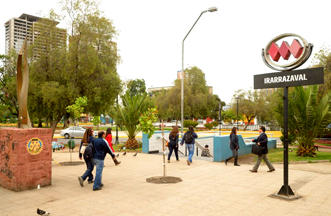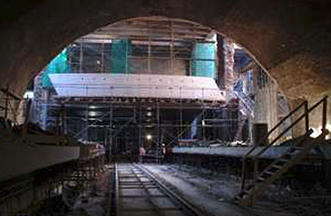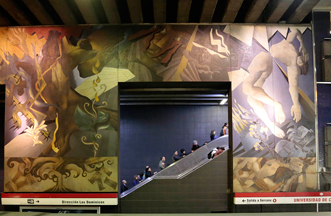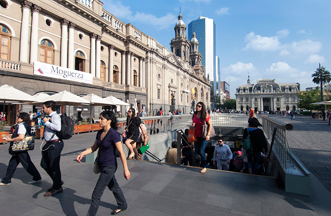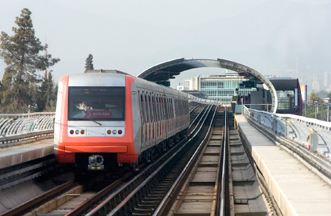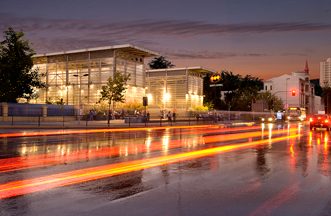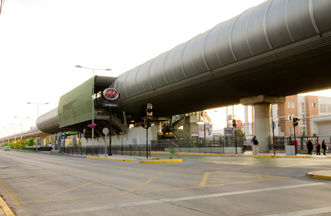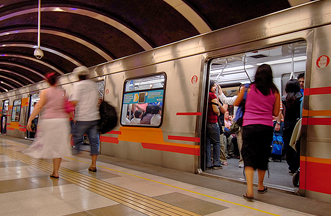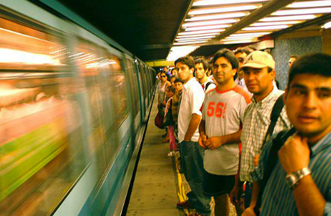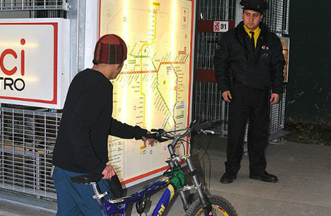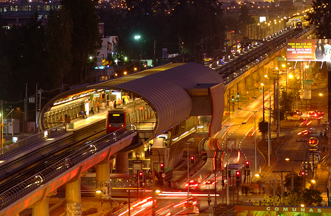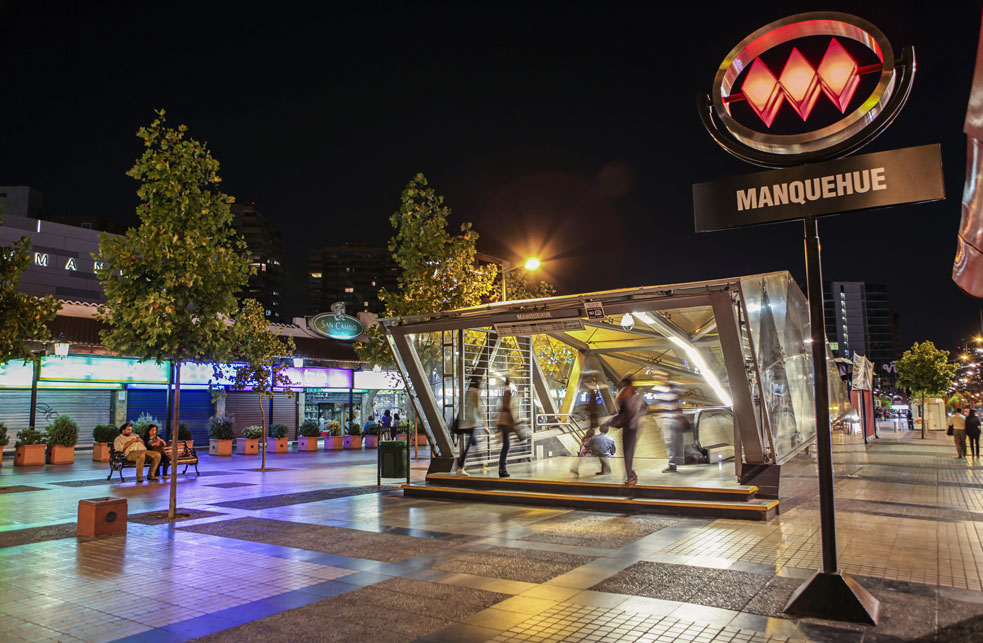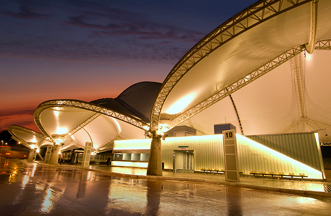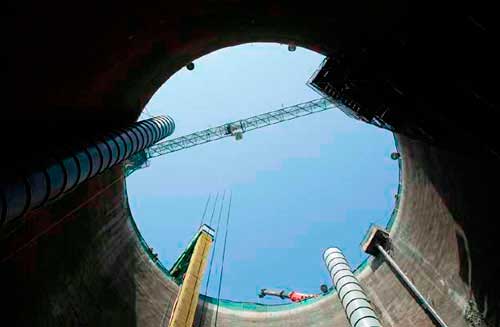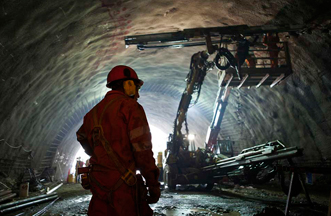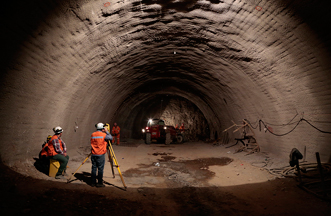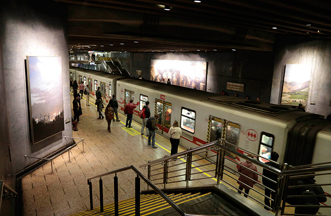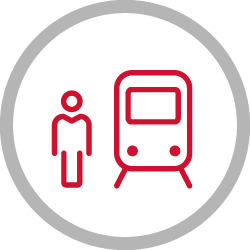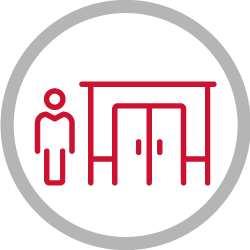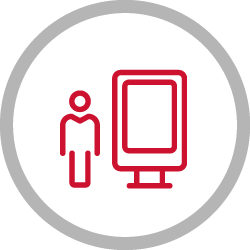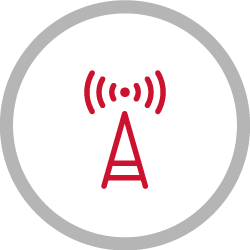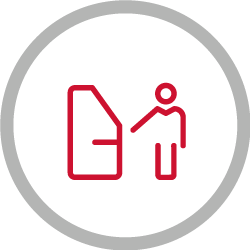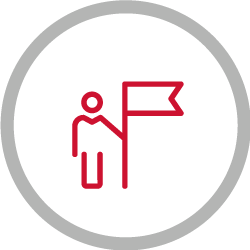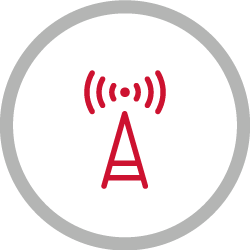In 2015, Metro commemorated 40 years of operations. Over the last four decades, the underground train has grown and expanded alongside Santiago and the city’s inhabitants, thereby becoming part of its history. On average, Metro makes more than two million rides daily and more than 60% of all commutes in Santiago involve the Metro.
Metro’s Strategic Priorities
Metro defined the following four strategic areas of action for 2015:
In keeping with these strategic areas, nine corporate strategic projects were identified to enable Metro to meet its strategic objectives. The Executive Committee reviews these projects on a monthly basis and project performance is intertwined with organization-wide company targets.
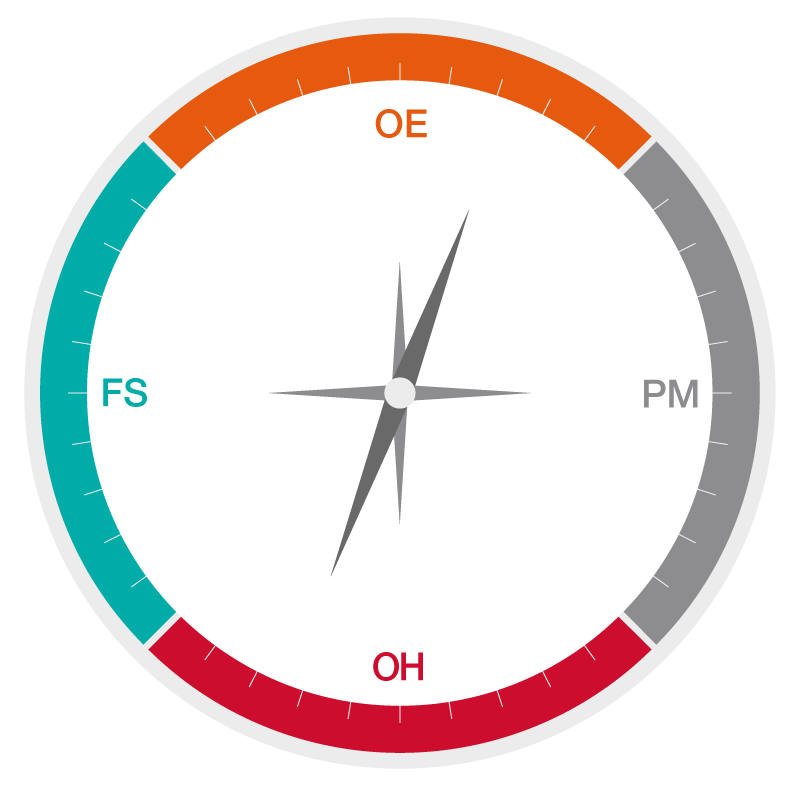
- Regain Operational Excellence
- Optimize Operations and Maintenance processes.
- Implement high-impact failure improvement plan.
- Project Management on time, on budget and in form
- Develop Project P63.
- Implement the Line 2 & 3 Extension Development Plan and assess Network impact.
- Make Organizational Health the basis for an inclusive and motivating company culture
- Implement a Collaborative Management Model.
- Implement a new Labor Relations Model.
- Financial Sustainability
- Define a Non-Tariff Revenue Development Strategy
- Lock in a long-term efficient energy supply model as of 2017.
- Work toward a sustainable technical tariff.
Mission, Vision, and Values
Since beginning operations forty years ago, Metro has taken on many tasks and challenges in keeping with its sense of duty regarding Chile’s development and individuals’ quality of life. A mere few thousand of us move millions, and we are committed to doing our very best to provide quality services that make Santiago a better place to live.
The company’s mission and vision are defined as follows:
Mission
Additionally, to provide services which contribute to the company’s profitability in order to fund its expansion and improve citizens’ quality of life by wisely using public resources.
Vision
To be a company capable of attracting very good talent and for being known for our merit-based talent management approach.
Our Values
Our values are based on five core principles. These values help us reinforce the decisions and actions adopted by all company employees; they are complementary in nature and reflect who we are as Metro personnel and what we aspire to become. These values are summarized as follows:
- Customer care: we strive to be one of the best service-based companies in the country.
- Safety and security: Your safety comes first.
- Efficiency: We want to be a global benchmark for underground trains.
- Collaboration: We meet our goals faster when we work together.
- Transparency: Transparency is at the core of all our actions.


